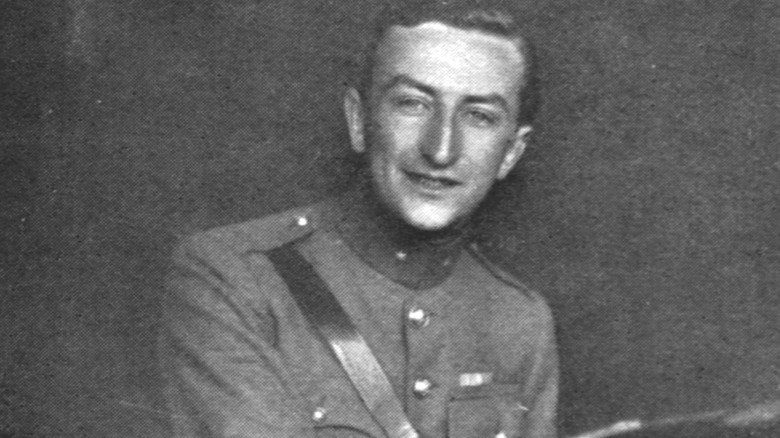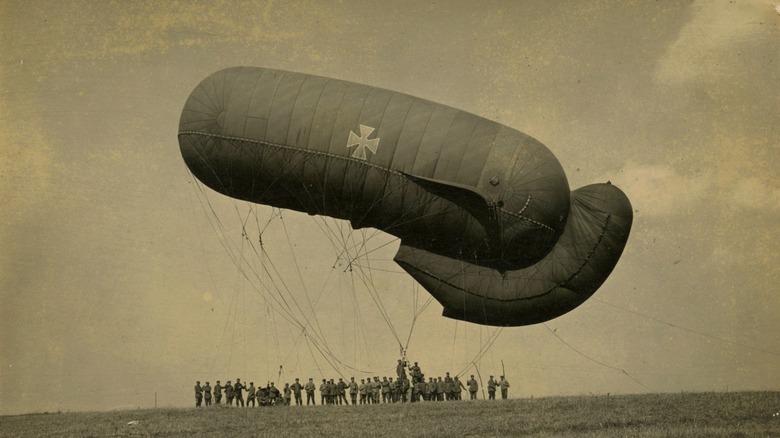Where This WW1 Pilot Landed His Plane Seems Impossible - But He Did It
The legendary aviators of World War I helped pave the way for the development of aerial warfare as a standard tactic of the 20th and 21st centuries. While people like Manfred von Richthofen, the infamous Red Barron who fought some of the most intense dogfights in aerial history, get most of the press, the war was filled with impressive ace pilots who managed feats that are almost impossible to believe more than a century later.
One such pilot was Belgium's own Willy Coppens, who earned his ace status by taking on German observation balloons aboard his Hanriot HD.1 fighter. He began flying for Belgium in 1916, having paid for his own flying lessons in Hendon, England. This was followed by training in France where he started flying two-seat aircraft in combat, but it took him some time to achieve his first kill. Coppens enjoyed engaging in aerial maneuvers above the enemy's heads, showing off and dazzling onlookers with his impressive skills.
Coppens shifted his focus to taking on German observation balloons, which was more dangerous than it sounds today. These were filled with flammable hydrogen gas, and so-called "Balloon Busters" had to engage using incendiary rounds at close range while shooting through their propellers via specially designed gear. It was during one engagement that Coppens achieved his most impressive feat of the war when he landed atop a balloon, causing it to sag to the ground just after he reengaged his engines and took off again. This was one of many successful kills in Coppens' career, and it's easily the most unusual.
The impressive achievement of Balloon Buster Willy Coppens
Willy Coppens achieved 37 kills against German observation balloons, making him the most successful "Balloon Buster" in history. He achieved all of his victories flying the HD.1, and while it wasn't one of the top WWI fighter aircraft, it was a formidable plane. On one occasion, Coppens engaged a balloon in an unusual tactic. Upon finding a target, Coppens employed his preferred tactic of shooting the mooring cables that held the balloon to the ground. This caused the balloon to rise up into the air, where he'd normally engage it directly to destroy it.
Instead, Coppens flew over the balloon as it rose, causing his HD.1 to land on top of it, forcing it to plummet toward the ground. He waited until his plane slid off the balloon, at which time he reengaged his engine. The balloon burst into flames and sagged to the ground, marking another kill for the ace pilot. This unusual tactic added to Coppens' war record, and it became the most famous example of his flying prowess. The ace pilot continued serving as a Balloon Buster aboard his trusty fighter until one fateful day in October 1918.
Coppens was flying in Northwestern Belgium, where he attacked the balloon that would become his 37th and final victory. He took some fire and was hit in his left leg by a hollow machine gun round. The wound caused severe damage to his leg, and after landing, he received treatment, and his leg was amputated. Despite this setback, Coppens continued to serve Belgium and didn't retire from the army until 1940, when he began service as a military attaché in Great Britain, Italy, France, and Switzerland.

